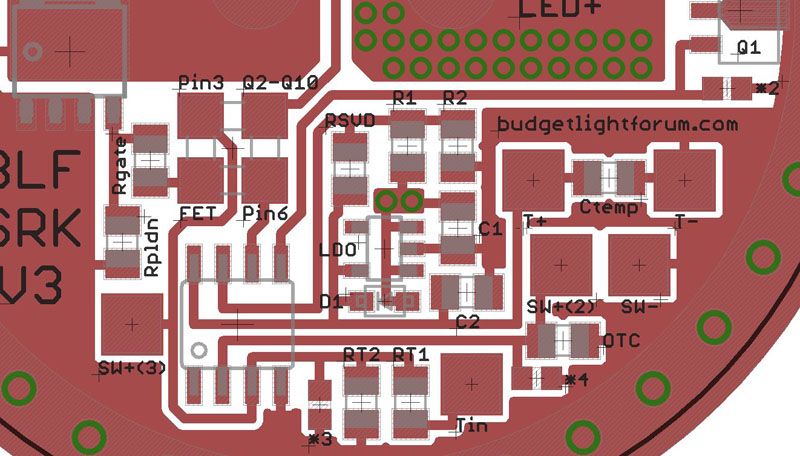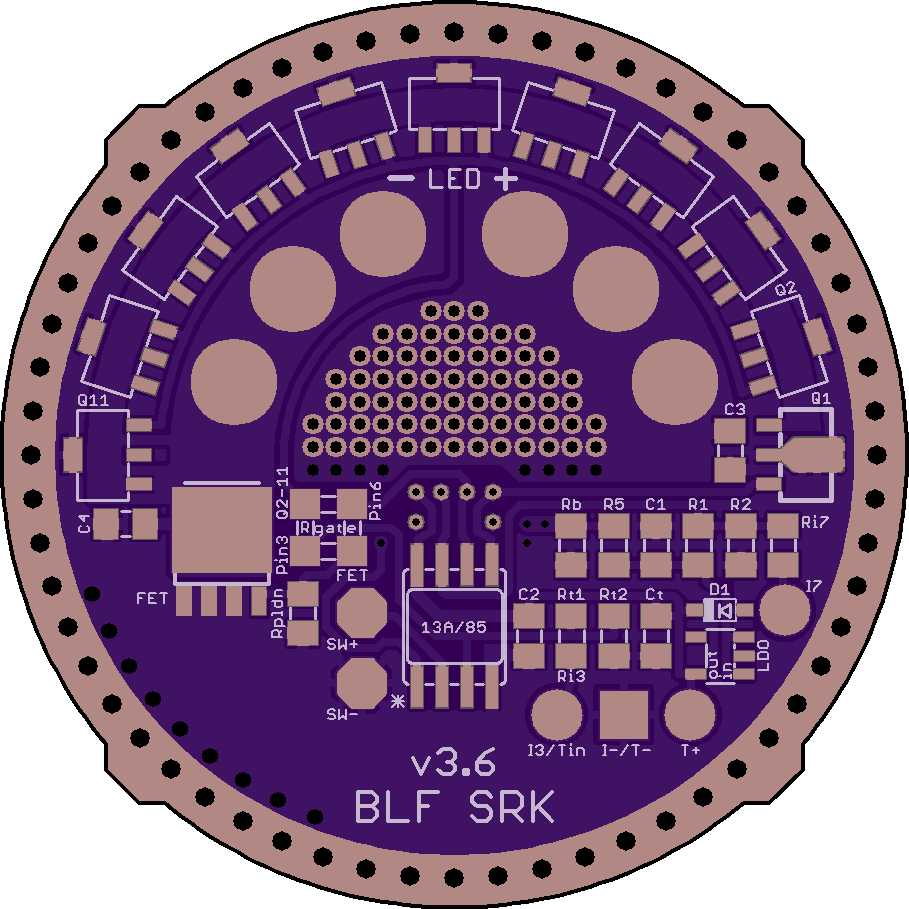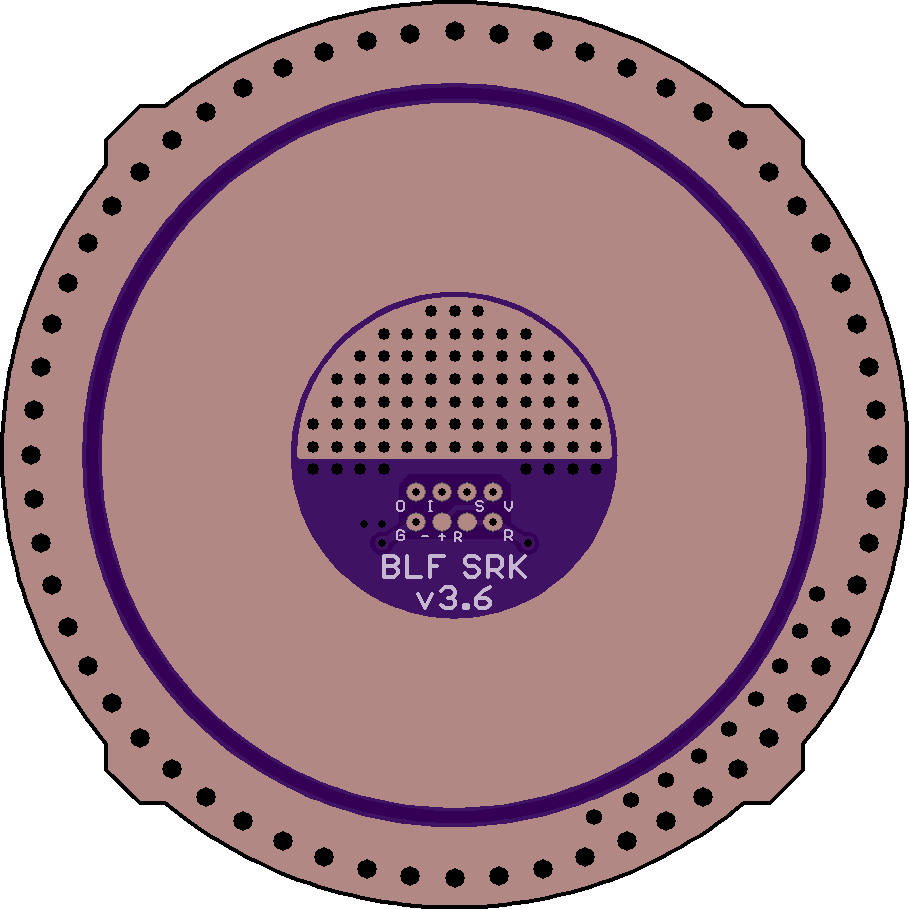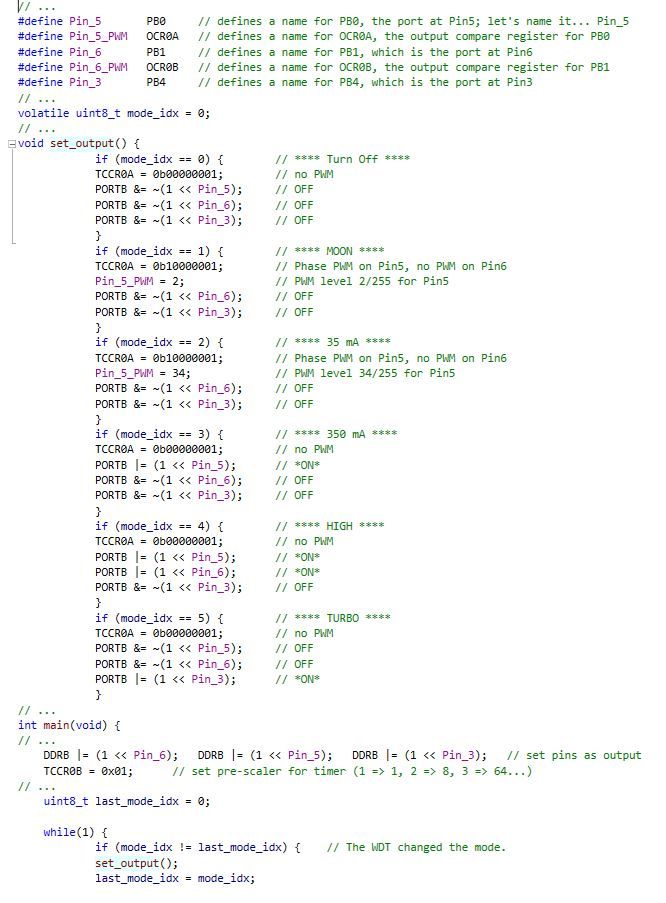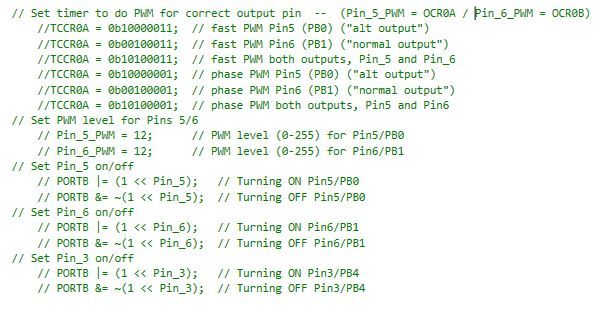BLF SRK FET v3
.
A very versatile dual/triple channel driver for Sky-Ray-King style flashlights.
An adaptation of the BLF SRK FET v2 by RMM, which evolved from the original BLF SRK FET driver by Mattaus, Comfychair, WarHawk-AVG and many others.
.
Latest Version: v3.6
with Vias for a Programming Key
.
.

.
Signature part is still the QuadPad, that allows to freely use Pin6 and Pin 3 of the Attiny for dual or triple channel with the FET and/or the bank of 7135s.
(picture)
.
Version History
v3(.0)
First version, introduced in this post.
Triple Channel and LFPAK56
v3.1
Narsil support, became outdated quickly after DEL’s testing of FET drivers
v3.2
Support for ATtiny 25/45/85 (Narsil) and DEL’s R5
This version kept most features of the BLF SRK FET v2,
as well as several redundant component places for testing purposes
v3.3
Updated version featuring
- Triple Channel with 11x AMC7135
- LFPAK56 MOSFET
- Supporting 13A and 25/45/85 (Narsil)
- R5 for ringing protection
- Indicator LED at MCU pin#3 or pin#7
- Dedicated bleeder resistor from Bat+ to GND
- Wider path from GND to FET source
v3.4
Optimized for High Current
v3.5A
C3 and C4 added
v3.6
Vias for Programming Key
Performance optimizations
.
.
.
BLF SRK FET v3(.0)
.
First notable change is the use of an
- LFPAK56 MOSFET
Then there are
- 9 additional AMC7135 (Q2-10) for a high mode without PWM
And you can use
- Pin3 as third channel and connect either the FET or Q2-10 to it
Pin5 is hardwired to the single 7135 (Q1) for the low modes.
Pin6 and Pin3 can (using a fancy 4-pad-connector) alternatively be connected to Q2-10 or the FET. Use Pin6 for the channel you want to PWM, be it the FET or Q2-10. Use Pin3 for the channel you want to just switch On/Off.
.

.
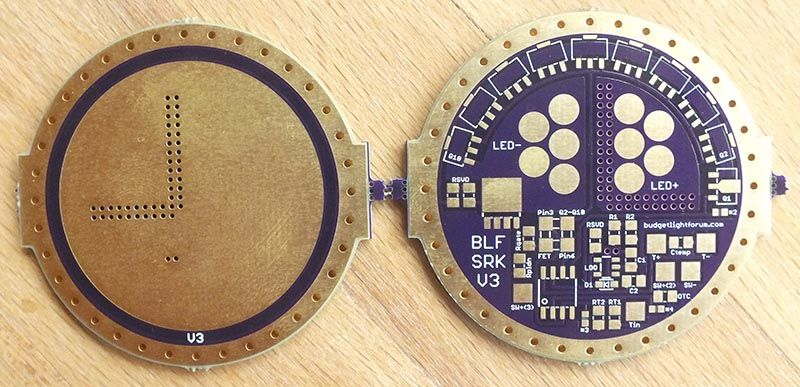
.
You can still use it as a dual channel SRK FET driver with LFPAK56: Connect Pin6 to FET using a zero-Ohm-resistor and you have all the functions of the v2 driver but can use the NXP MOSFETs.
.
But the additional 7135s are where the fun begins:
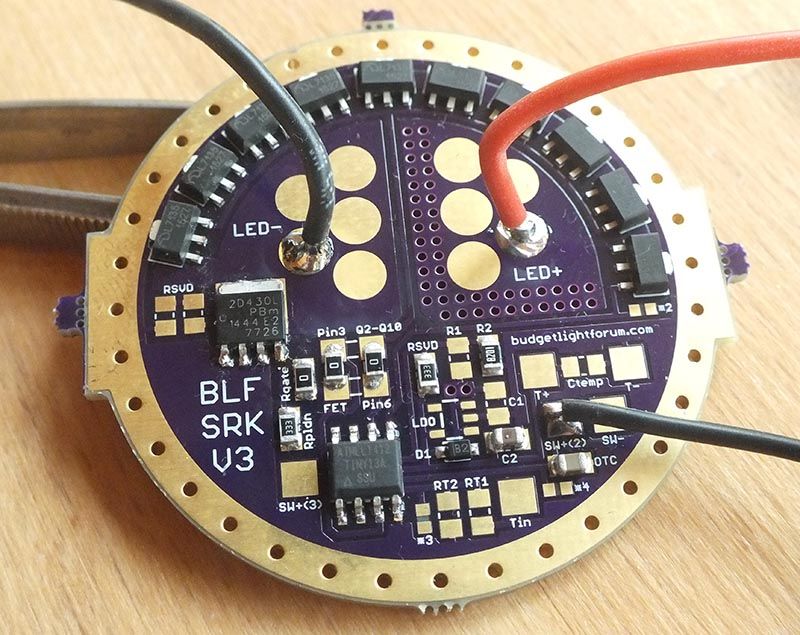
The OTC was just for testing.
.
This particular driver has the FET connected to Pin3 and Q2-10 to Pin6. It has 6 modes:
Off - [0mA] - (Pin5, Pin6 and Pin3 OFF)
Moon - [~1mA] - (PWM-2 on Pin5, Pin6 and Pin3 OFF)
Low - [35mA] - (PWM-34 on Pin5, Pin6 and Pin3 OFF)
Medium - [350mA] - (Pin5 ON, Pin6 and Pin3 OFF)
High - [3500mA] - (Pin5 and Pin6 ON, Pin3 OFF)
Turbo - [All-In] - (Pin3 ON, Pin5 and Pin6 OFF)
Moon and Low use PWM at 19kHz (9.6MHz, Fuse7A, PhaseCorrectPWM, Divider1).
Medium switches Q1, High switches Q1 and Q2-10, Turbo switches the FET.
I could now PWM Q2-10, but I don’t need to: the mode spacing of 35-350-3500 is still my favourite.
.
Oshpark links, eagle pics and changelog later. This driver lies on my workbench and begs for attention… :laughing:
.
EDIT:
.
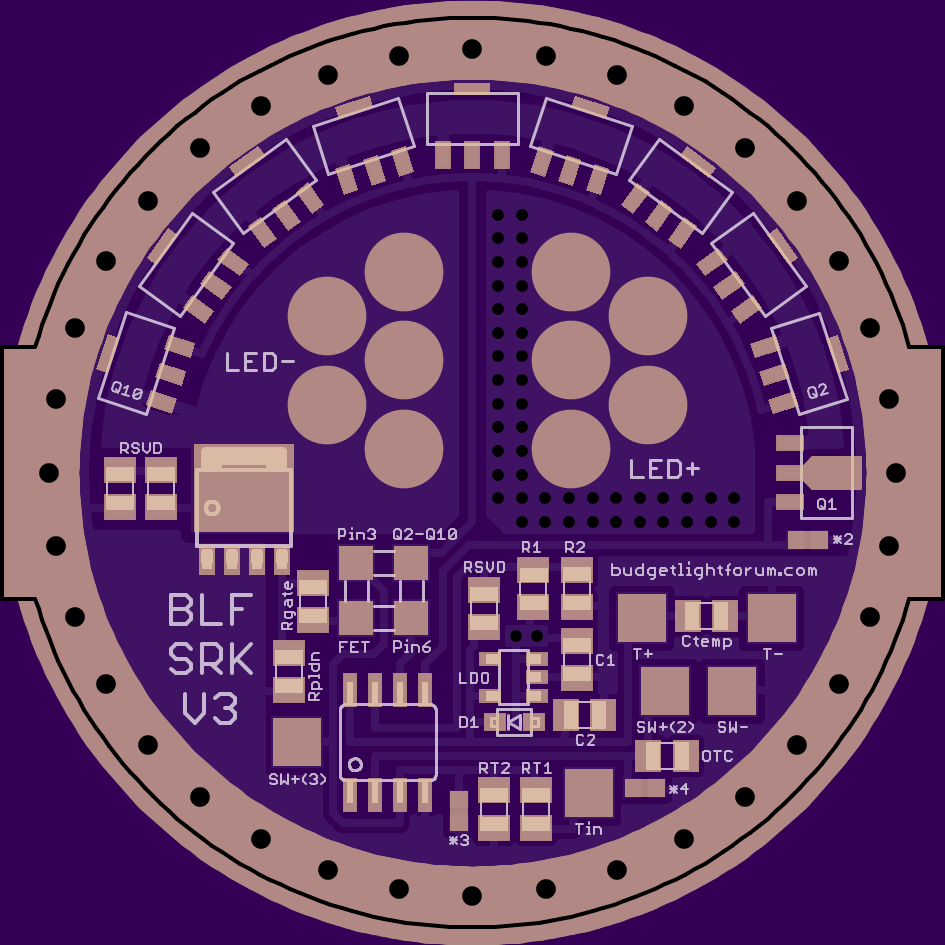
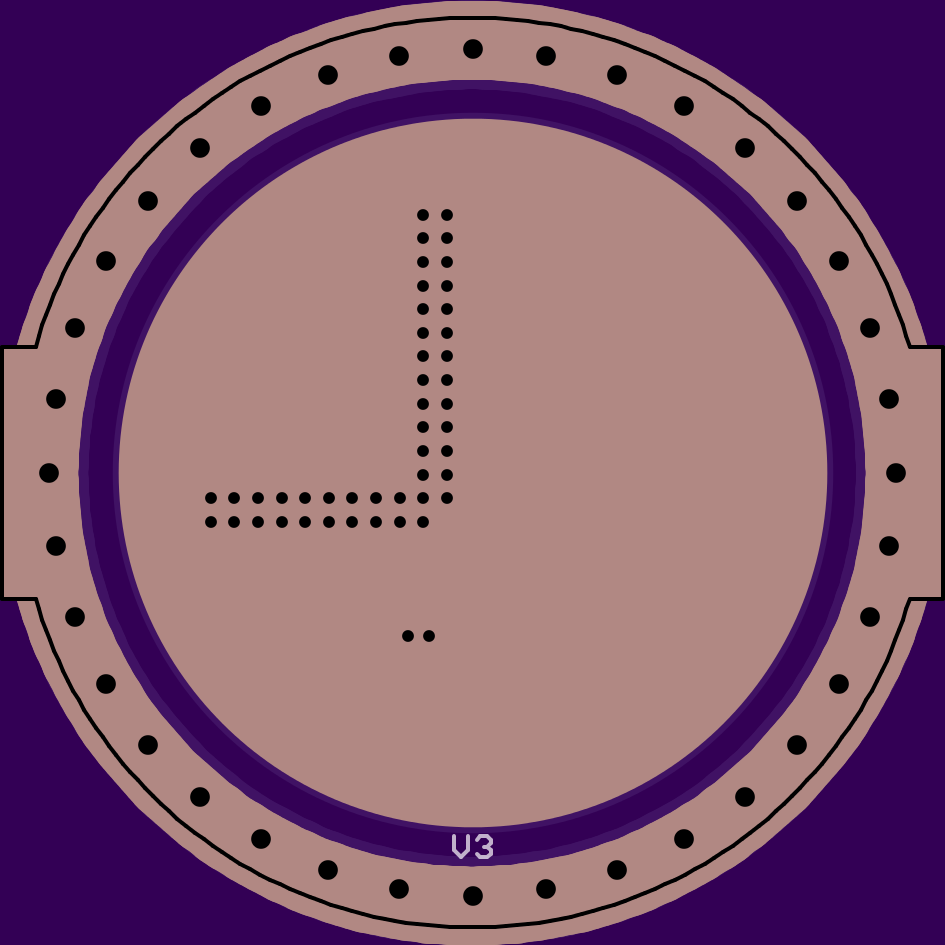
.
Eagle Layout
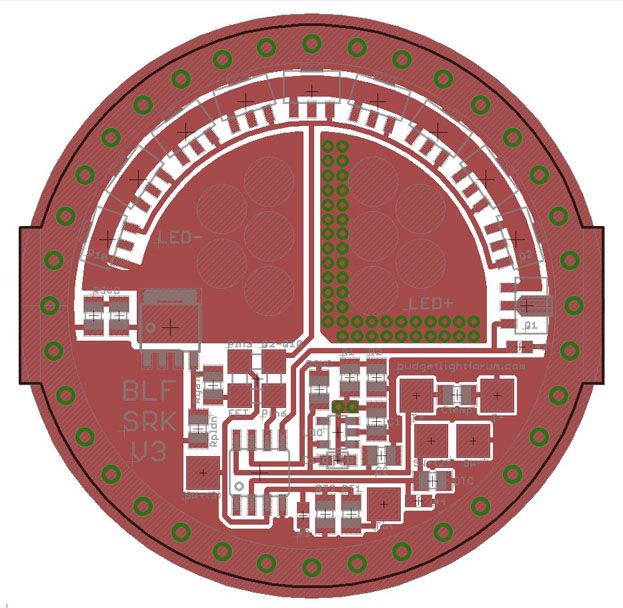
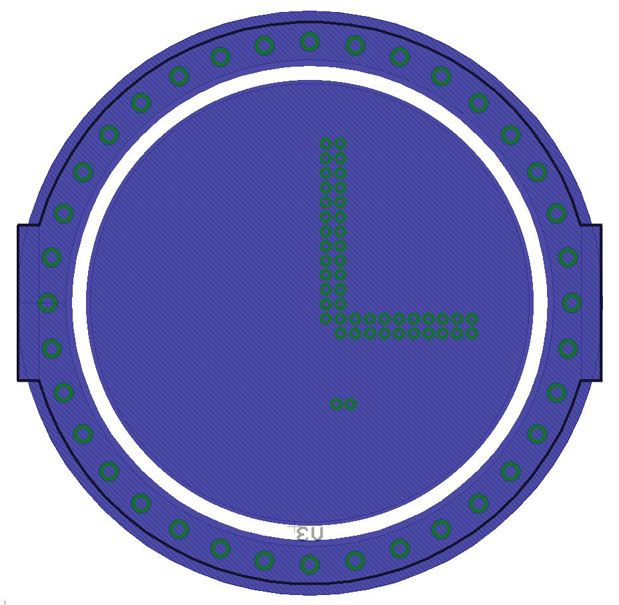
.
A closer look to the main section
